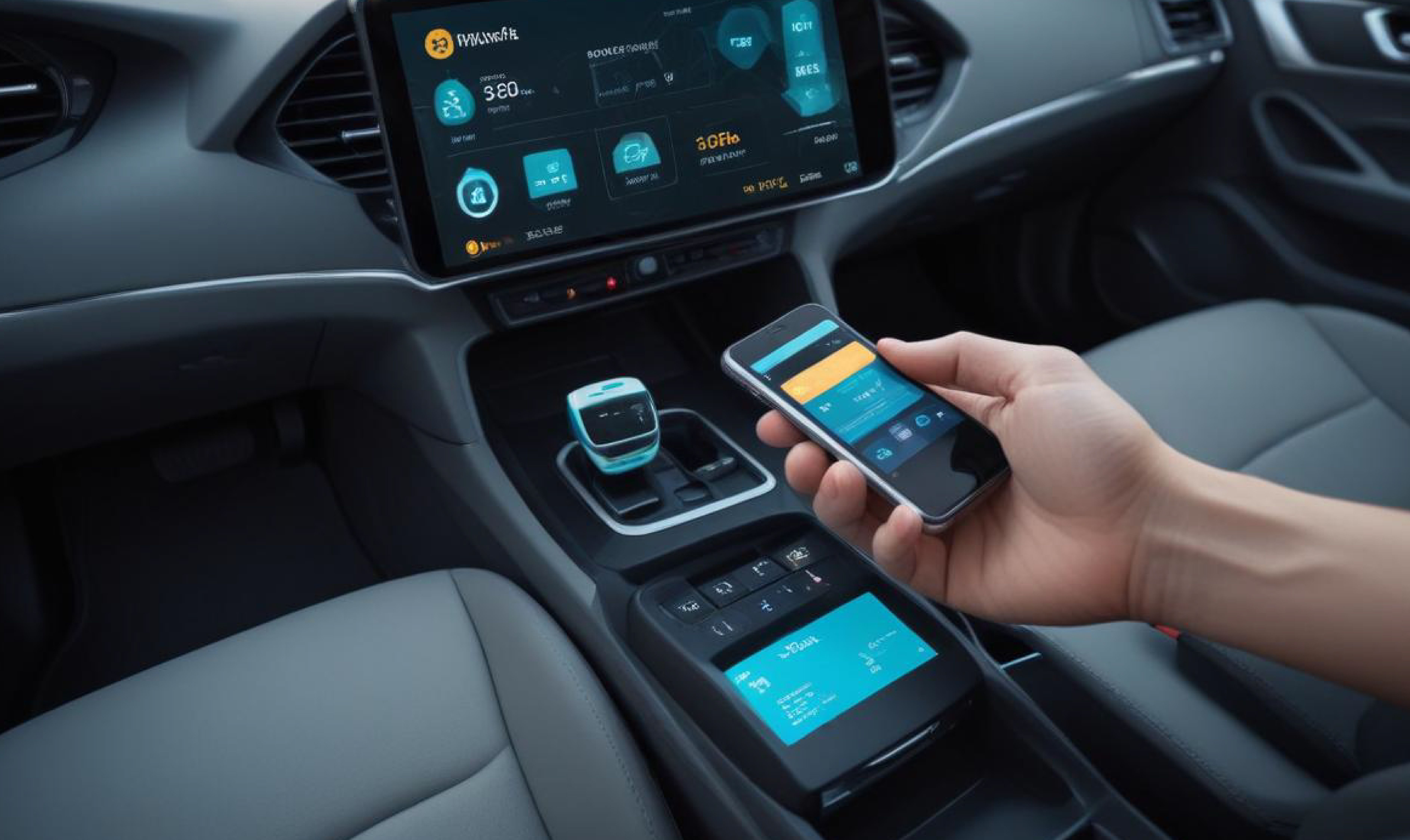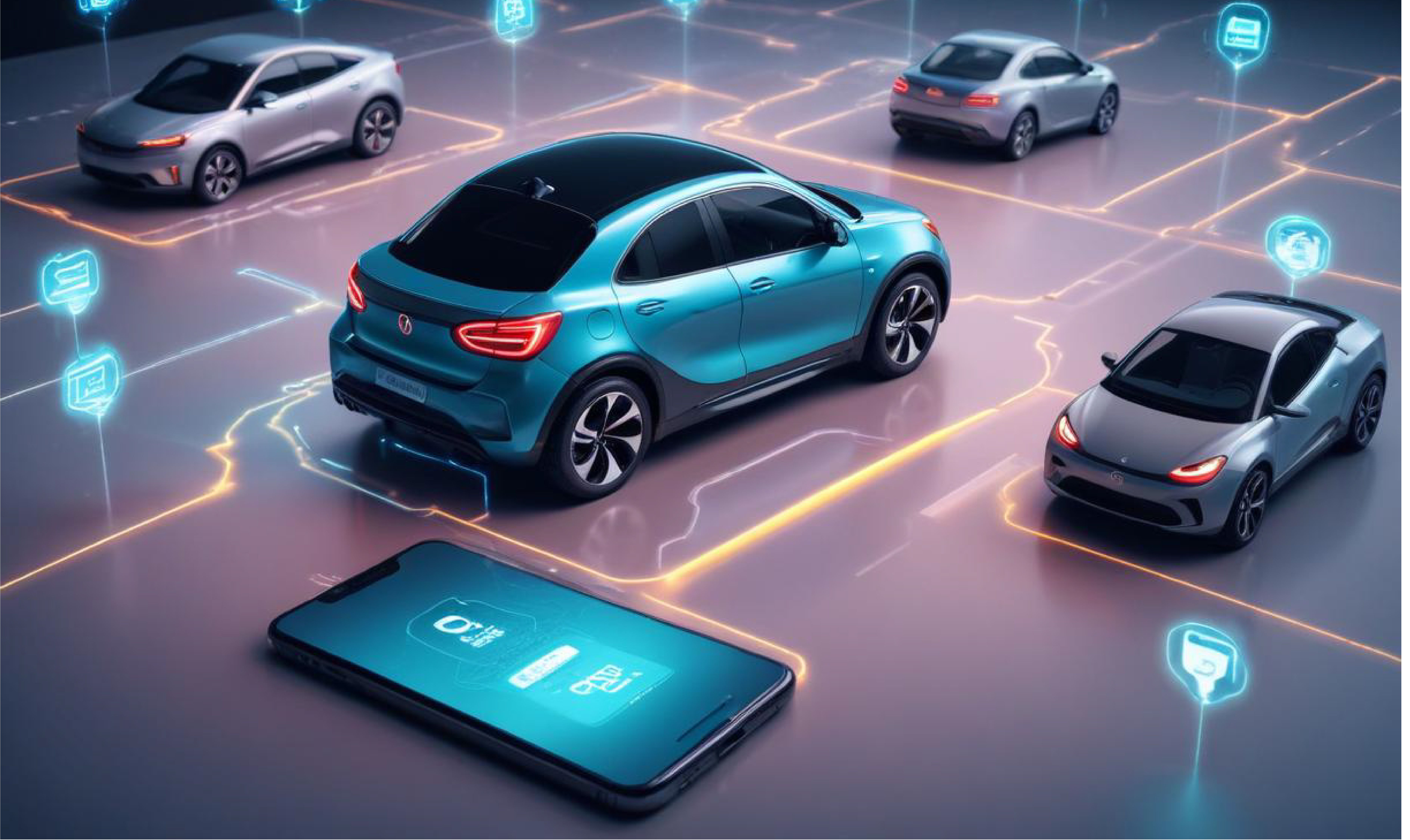Payment transactions aren't just about moving money around; they're key to a great customer experience (CX). Many businesses focus on CX to shape their strategies. Today's tech-savvy customers want innovative solutions for everyday tasks like buying groceries, paying bills, and sending money to friends. Cashless options like QR codes, request-for-pay links, and digital wallets have made life easier, but there's still a need for more innovation to keep customers satisfied. This blog explores how M2M payments are transforming automotive finance and how Chirpn, with its AI-driven solutions, can help B2B businesses leverage this technology for unparalleled growth and efficiency.
Connected vehicles are a new trend in automotive finance. These smart, internet-enabled cars offer advanced features that improve CX. They are paving the way for in-car payments or Machine-to-Machine (M2M) Payments, allowing customers to pay bills or make purchases without using their digital wallets or mobile apps. An example is FASTag in India, which lets drivers pay highway tolls without cash or cards. This system adds convenience and enhances safety by reducing mobile phone use while driving.
The global market for in-vehicle payments, valued at $4.33 billion in 2023, is expected to grow by 16% annually from 2024 to 2030, reaching about $12.39 billion by 2030.
Key Uses for In-Vehicle Payments

In-vehicle payments mean making payments directly from your car without needing smartphones, cards, or cash. Car manufacturers are adding these features to dashboards for:
- Automatic toll payments on highways
- Paying for smart parking
- Fuel payments at gas stations or charging stations
- Paying for car washes or servicing
- Buying food and drinks at drive-ins or takeaways
- Instant transfers between accounts or to other people
- Online shopping while on the go
These features aim to make payments more convenient and seamless for drivers.
Current Payment Trends in Automotive Finance
The automotive finance industry is creating new in-vehicle payment methods to meet modern customers’ needs for quick and flexible payments.

AI-driven personalized offers are also being developed for added value. However, car manufacturers need to update their technology and invest in platforms that provide both short-term and long-term benefits to make these innovations possible.
Technology for Enabling M2M Payments

Vehicles can become a channel for Machine-to-Machine (M2M) payments using various technologies:
- RFID Tags: Use short-range radio signals to capture tag details without needing internet connectivity.
- Bluetooth Low Energy (BLE) Modules: Wireless connectivity with a longer range than RFID, but requires a costly power system.
- APIs: The most advanced and secure method for in-car payments, needing special hardware and software, usually in high-end cars.
- Internet of Things (IoT): Ensures real-time data transfer between vehicles and payment systems, keeping connected vehicles linked to the payment layer.
- 5G Communication: Essential for real-time M2M payments due to its low latency, high speed, and enhanced security. It also helps detect fraud and provides personalized recommendations.
- Biometric Authentication: Uses iris/facial scans, voice systems, or fingerprint sensors to verify the person making the payment.
- Tokenization Frameworks: Encrypts sensitive payment details like card numbers for secure processing, integrating bank or payment network frameworks into vehicles.
Payment Methods for In-Vehicle Payments
According to Fortune Business Insights, the main ways to pay from your car are credit/debit cards, digital wallets, RFID, and QR codes. Credit/debit cards are the most popular, while digital wallets store card details digitally, so you don’t need physical cards. RFID and QR codes are quick and flexible, making them great for toll booths and parking.
Key Challenges for M2M Payments
Every new technology comes with challenges. For in-vehicle payments, some of the main issues are:
- Security: Payments involve sensitive information, so car manufacturers need to protect user data from cyber threats using encryption, tokenization, and biometric authentication.
- Compliance: Payment systems must follow laws and regulations in different regions.
- Cost: Developing these payment systems requires significant investment in research, development, and testing.
- User Mindset: Educating users to trust and use in-vehicle payments instead of their phones can be difficult.
In-vehicle payments will keep growing, leading to new uses and business models. Car manufacturers need a strong payment processing system integrated with technologies like IoT, AI, and Machine Learning.
Conclusion
The future of in-vehicle payments is bright, with endless possibilities for new applications and business models. As the automotive finance industry continues to innovate, integrating robust payment processing systems with cutting-edge technologies like IoT, AI, and Machine Learning becomes crucial. Chirpn, an AI-first technology services and solutions company, is uniquely positioned to help car manufacturers navigate this dynamic market. With their autonomous AI framework, AutoCAR, Chirpn accelerates innovation, increases speed to market, and optimizes cost-efficiency. By leveraging Chirpn’s expertise, businesses can stay ahead of the curve, ensuring secure, efficient, and customer-centric payment solutions. With Chirpn’s support, car manufacturers can transform their payment systems, driving growth and enhancing customer experiences.

